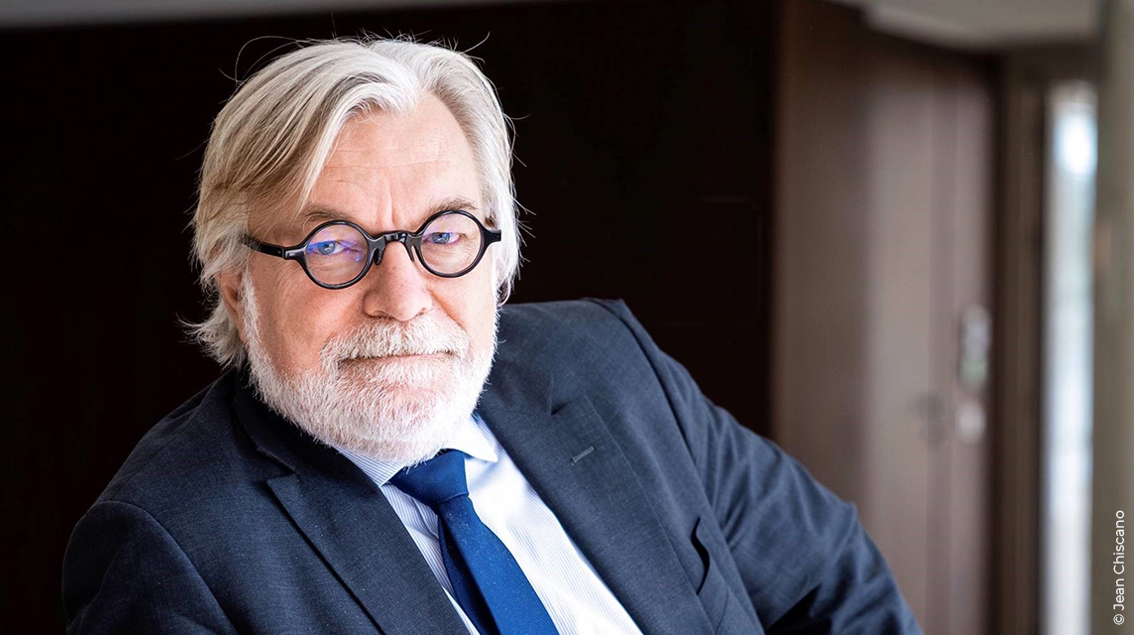Mario Draghi and the unanimity of the members of the Monetary Policy Committee of the ECB are ready to deeply change their point of view and to adopt unconventional policies. This is the point to remember of the press conference on April 3.
This means a particular interpretation which is that members of the Monetary Policy Committee of the European Central Bank consider that with a benchmark rate at 0.25 %, the policy is probably restrictive. The innovation is there. Monetary policy in the Eurozone faces the constraint of non-negativity of interest rates (ZLB Zero Lower Bound) and the need for other instruments to be more accommodative.
Mario Draghi said it clearly:
With the current monetary policy, risks are still on lower activity and are also on an inflation rate permanently below the target of 2 % and even below the path that was defined in March 2014.
So there is 3 points to remember in the words of Mario Draghi
1 – Monetary policy is not accommodative enough even with an interest rate at 0.25 %. The ECB must implement an additional (non-conventional) instrument to reduce the constraint on economic activity and to eventually eliminate the risk of deflation.
2 – Quantitative Easing is the preferred instrument of the Committee according to Mario Draghi. Its shape remains to be defined because it will necessarily different from that implemented in the United States. This reflects the fact that the financing structure of the economy is depending on banks in the Euro Area and on markets in the United States. The type of assets in the operation is then necessarily different.
This option, on a QE, discussed at the meeting, has put, in the background, measures like LTRO or stop sterilizing operations SMP.
The hierarchy has changed abruptly. There is still uncertainty on the operating mode of the QE and how the ECB will be able to get around what seemed impossible until now.
3 – If the QE is implemented, the ECB will join the club of all other central banks that can play the role of lender of last resort. The lender of last resort is responsible for transferring the risk over time. It is the possibility that gives the QE and that will allow the European Central Bank to reduce the current constraints and to smooth them over time.
The fourth point is the timing of this operation. A priori, as there is a strong dependence on the banking system, it could wait until fall and the results of AQR (Asset Quality Review) which analyses the banks of the Eurozone, except if the macroeconomic situation worsens rapidly (low inflation rate in April,…)
The interest of such an operation would be to grow the balance sheet of the ECB and ultimately weigh on the value of the euro. Competitiveness efforts implemented in the various countries of the region would no longer be vain.
The objective is also to maintain very low-interest rate and finally to promote the return of growth which will ultimately facilitate the management of public and private debts. This is also the challenge in the medium term; reduce the threat posed by these debts


